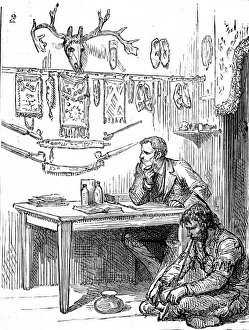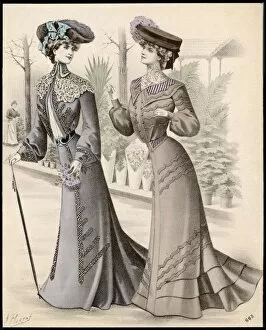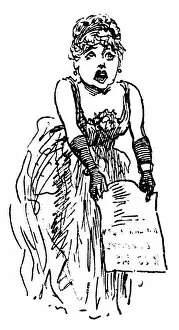Belts Collection (page 5)
"From Power Loom Weaving to Traditional Costumes: Exploring the Versatility of Belts" they have been an essential accessory throughout history
All Professionally Made to Order for Quick Shipping
"From Power Loom Weaving to Traditional Costumes: Exploring the Versatility of Belts" they have been an essential accessory throughout history, serving various purposes and reflecting cultural diversity. In Christmas Frocks 1935, belts adorned elegant dresses, adding a touch of sophistication to festive attire. Meanwhile, three men in traditional Greek Costume showcased how they were intricately woven into their cultural heritage in Athens, Greece. Romanian Women donned vibrant traditional costumes with beautifully crafted belts that symbolized their rich folklore. Similarly, Zulu Warriors from Southern Africa wore ornate belts as symbols of strength and identity. Moving forward to the 1960s crimplene fashion era, belts became a staple for defining waistlines and completing trendy outfits. Cotton Carding Machinery revolutionized belt production during this time, making them more accessible than ever before. In Japan's Imperial Mint at Osaka, Rolling Mills and Cutting Presses played a crucial role in crafting intricate buckles for stylish Japanese belts. These accessories not only held garments together but also reflected the country's meticulous craftsmanship. Belts even had life-saving capabilities during WW1 when lifebelted passengers relied on them after the tragic torpedoing of RMS Falaba. This incident highlighted how belts could be more than just fashionable accessories; they could be vital tools for survival. Looking back further in time to c. 1890 advertisements featuring Harness world-famed Electropathic Belts engraved captivatingly captured people's attention with promises of health benefits through electric stimulation—a unique twist on belt functionality. Fast-forwarding to the thrilling atmosphere of the 1986 British GP race track revealed drivers wearing racing harnesses secured by sturdy seatbelts—an indispensable safety measure ensuring protection while pushing limits behind the wheel. Lastly, mentioning Ferrari 250 GTO Italy brings forth images of sleek sports cars speeding down roads—where seatit can not only mandatory but also instrumental in keeping drivers safe during exhilarating rides.


























